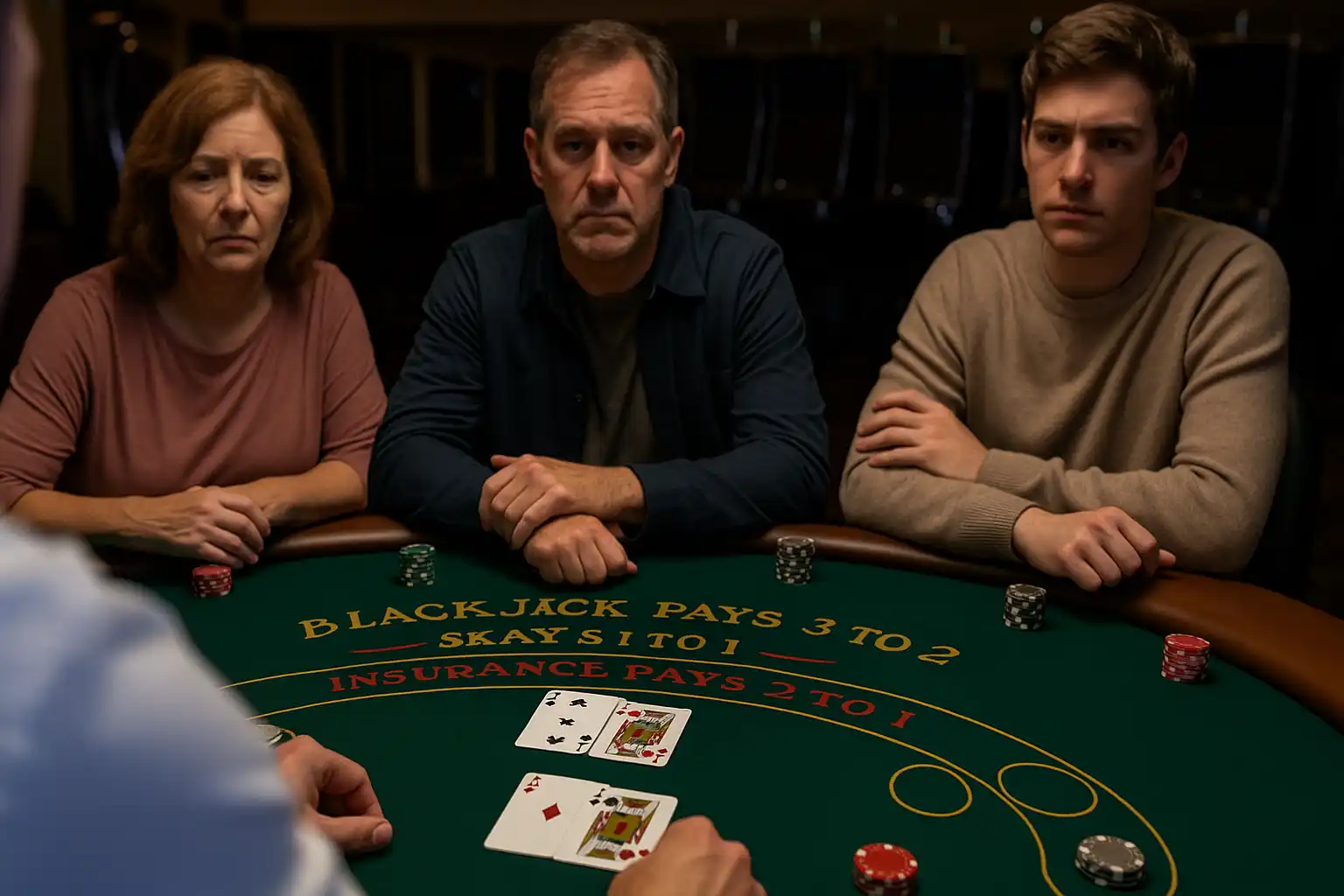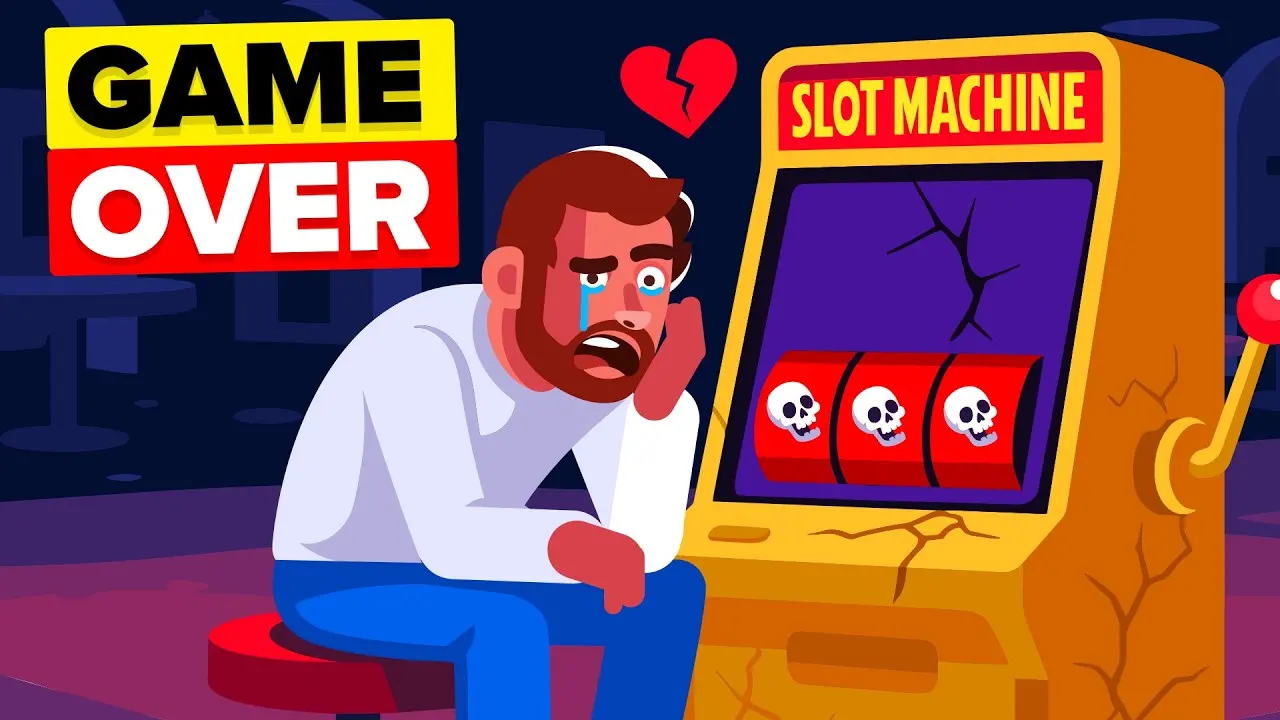
For decades, Las Vegas operated on a simple, brilliant formula:
This formula pulled in visitors from every economic background.
Smart players could stretch a budget.
Casual players could afford to lose and have a story worth telling.
And casinos made their fortunes on volume, not extraction.
It was a uniquely American ecosystem: accessible, exciting, a little chaotic, and built around the idea that anyone could have a lucky night.
Vegas wasn’t just a place.
It was a feeling.
And then — slowly, then suddenly — that feeling faded.

The turning point wasn’t cultural.
It was financial.
In the years before 2008, the Strip underwent one of the largest overbuilding cycles in its history:
These mega-projects were financed with massive debt, based on forecasts that assumed never-ending growth.
When the global financial crisis hit, Vegas didn’t face a collapse in interest — it faced a collapse in its balance sheet.
Tourism dipped temporarily, but the real problem was structural:
Instead of asking, “What do gamblers want?”
Strip operators asked a different question:
“How do we service this debt immediately?”
This is the moment that reshaped modern Las Vegas.
In the aftermath of 2008, ownership of major Strip properties shifted dramatically:
With new ownership came new priorities — specifically, yield, predictability, and margin pressure.
The traditional Vegas model of low margins + huge volume was replaced by a system designed to maximize revenue from each visitor. The results were unmistakable:
The effect was structural:
the Strip stopped being a gambling city and became an entertainment-mall hybrid.
Modern Las Vegas is built around:
This model is designed for:
It is high-margin, highly produced, and heavily optimized.
But it bears little resemblance to the Las Vegas that dominated American culture for half a century.
The change is not simply economic — it’s psychological.
Vegas lost the one ingredient no corporation has ever been able to reproduce:
The old atmosphere depended on:
When everything becomes:
…the mayhem evaporates.
Modern Vegas functions well on paper, but emotionally, it feels sanitized.
The Wild West edge — the thing that made the city magnetic — has been engineered out of existence.
The honest answer is uncertain.
The corporate model is designed for economic stability, high-spend tourism, and international attention. It may succeed in the short and medium term.
But it is vulnerable:
The old Vegas model — the value/fun/chaos cocktail — was recession-proof.
The new model is not.

This is the most compelling question of all.
If Las Vegas has permanently abandoned:
…then there is a vacuum.
And someone could fill it.
Reno?
It has history, but not the scale.
Laughlin?
Value-friendly, but too small to anchor a new boom.
Atlantic City?
The infrastructure and politics make a revival unlikely.
A new Western destination?
Possible, but no immediate contender.
A sovereign tribal nation?
This is where the potential truly lies.
Tribal casinos already offer:
A tribe with land, vision, and the willingness to build a walkable cluster of properties could recreate the “Old Vegas” environment better than Las Vegas itself.
A modern “fun city” could realistically emerge in:
The demand still exists.
The formula still works.
Vegas simply chose to leave it behind.
Las Vegas is not failing.
It is evolving.
It chose luxury over value.
Predictability over mayhem.
Entertainment over gambling.
Corporate margins over Wild West charm.
Whether the new identity thrives remains to be seen.
But one truth is already clear:
It gave it up.**
And that leaves a very real, very profitable question hanging in the air:
who will build the next one?**
The crown is sitting on the table.
Someone — whether a city, a region, or a sovereign tribal nation — may eventually pick it up.
Until then, modern Vegas will continue forward as something new:
A polished Super Fun City…
in the place where Mayhem City once stood.